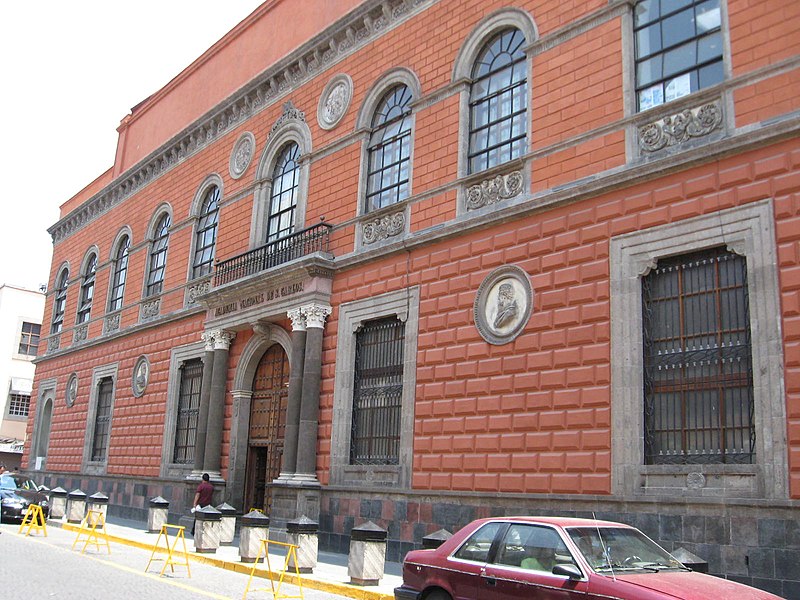
La Academia Nacional de San Carlos es actualmente la sede de la Facultad de Bellas Artes de la Universidad Nacional Autónoma de México (UNAM). Alberga una galería pública y un patio de esculturas. La academia y sus egresados han desempeñado un papel importante a lo largo de la historia del México independiente.
La academia fue fundada en 1783 como Real Academia de San Carlos de las Nobles Artes de la Nueva España. Comenzó siendo una escuela fundada en 1778 por Gerónimo Antonio Gil. Había llegado ese año para enseñar grabado a los artesanos de la Casa de Moneda. Viendo la necesidad de ampliar la oferta de la escuela, pronto comenzó a hacer peticiones a la Casa de la Moneda y a la Corona.
El edificio se construyó originalmente como Hospital Amor de Dios. Éste se cerró antes de que la Academia se hiciera cargo del edificio en 1791. Gil comenzó a remodelar el hospital en la década de 1780 para dar cabida a la recién fundada academia.
Quizá el primer hito en la historia de la escuela se produjo simultáneamente a la inauguración del nuevo edificio en 1791. En ese año, Manuel Tolsá llegó para enseñar escultura y asumir la dirección. Había traído consigo una serie de vaciados en yeso y materiales similares que constituían el germen de las colecciones de la Academia. Uno de sus primeros proyectos fue la remodelación del Convento de Santa Inés justo enfrente de la Academia.
El artista Javier Cavallari diseñó la característica fachada de estilo renacentista italiano en 1852. Cuatro de los seis medallones de la fachada representan a los fundadores de la Academia: el rey español Carlos III, José Bernardo Couto (uno de los primeros mecenas), el director Antonio Gil y Fernando José Manguino (superintendente de la Real Casa de la Moneda). Los otros dos son de artistas italianos, Miguel Ángel y Rafael. Cavallari también terminó el patio, la sala de conferencias y las galerías de pinturas y esculturas. El patio se cubrió con una cúpula de cristal de estilo Arte Nouveau en 1913. Fue construida por la empresa parisina L. Lapeyrer.
La Academia fue la primera gran escuela de arte y museo de bellas artes de América. Sólo a principios del siglo XX se integró en la UNAM, constituyendo hoy el departamento de Artes y Diseño. El Departamento de Arquitectura se escindió en 1929 y se trasladó formalmente al campus de la UC en 1953. En el edificio original de la academia sólo se imparten cursos de posgrado de Bellas Artes.
Las colecciones de la Academia se dividieron a mediados del siglo XX. La mayor parte pasó al Museo Nacional de San Carlos. Partes de la colección conservada por la Academia se conservan en una colección llamada Museo Universitario de la Academia. .
Horario: De lunes a viernes, de 10.00 a 18.00 horas.
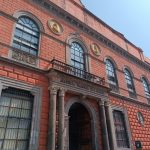 El primer arzobispo de México, el fraile franciscano Juan de Zumárraga, compro el terreno y lo destinó desde el siglo XVI a Hospital del Amor de Dios, para atender enfermedades venéreas. La
institución hospitalaria sobrevivió entre la escasez y la necesidad hasta 1786, cuando cerró sus puertas. El terreno se usó en 1791 para la construcción de la Real Academia de San Carlos, que se había fundado en la Casa de Moneda en 1785.
Para 1852 la edificación fue restaurada y adquirió el aspecto actual, bajo el proyecto de Javier Cavallari, director de la Academia. En 1913 se cubrió el patio principal con un domo estilo art Nouveau de la casa parisina Lapeyrer. El día de hoy luce remozada y conserva invaluables colecciones que se exhiben al público.
El primer arzobispo de México, el fraile franciscano Juan de Zumárraga, compro el terreno y lo destinó desde el siglo XVI a Hospital del Amor de Dios, para atender enfermedades venéreas. La
institución hospitalaria sobrevivió entre la escasez y la necesidad hasta 1786, cuando cerró sus puertas. El terreno se usó en 1791 para la construcción de la Real Academia de San Carlos, que se había fundado en la Casa de Moneda en 1785.
Para 1852 la edificación fue restaurada y adquirió el aspecto actual, bajo el proyecto de Javier Cavallari, director de la Academia. En 1913 se cubrió el patio principal con un domo estilo art Nouveau de la casa parisina Lapeyrer. El día de hoy luce remozada y conserva invaluables colecciones que se exhiben al público.
Ruta del Corazón de México: Ruta Moneda-Santísima
< < Museo José Luis Cuevas |Iglesia de la Santísima Trinidad > >
Proyecto “Corredor de Cultura Digital”.
Nombre de la investigación: Investigación Centro Histórico, Monumentos, Edificios y Puntos de Interés (2023)
Dirección de investigación y diseño de Rutas: Acércate al Centro A.C. Guadalupe Gómez Collada
Coordinación e investigación histórica: Fideicomiso del Centro histórico Dir. Maestra Loredana Montes
 (55) 5522 3102 (55) 5522 0630
(55) 5522 3102 (55) 5522 0630
 https://academiasancarlos.unam.mx/conoce-la-academia/
https://academiasancarlos.unam.mx/conoce-la-academia/
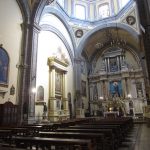
Cercano a 0.06 kms.
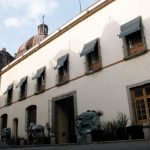
Cercano a 0.06 kms.
Cercano a 0.08 kms.

The first target of the counter-reformational Academy of Art . . .
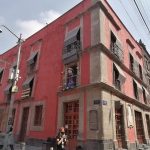
One of the Center City's most important cultural centers with a small fascinating museum...

La antigua iglesia y convento de Santa Inés ofrece una animada competencia en una calle del centro de la ciudad.
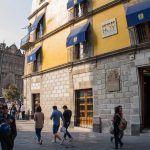
Un museo dedicado a una de las instituciones más antiguas del hemisferio y a su trayectoria en la Ciudad de México.
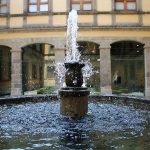
Uno de los principales museos de arte del país, la SHCP resultó solo del pago de impuestos - ¡en arte!